Medlar: [Cultivation, Irrigation, Care, Pests and Diseases]
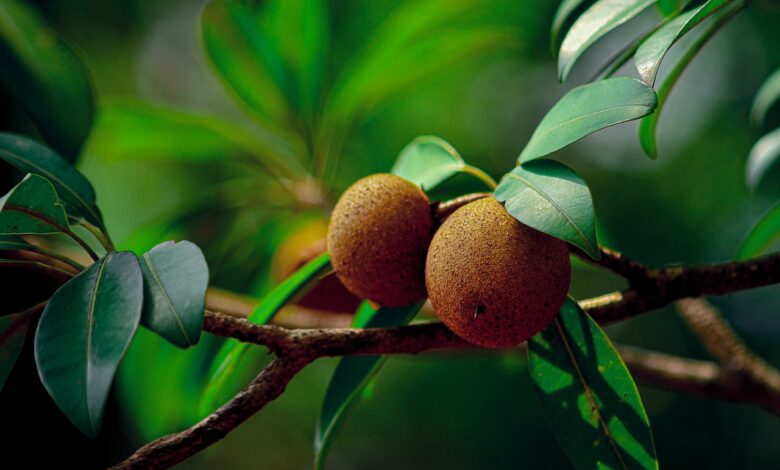
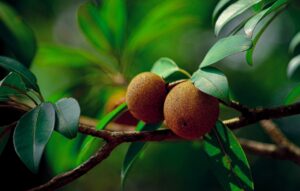 The medlar is a tree that produces a fruit with a thick and sweet pulp known by the same name.
The medlar is a tree that produces a fruit with a thick and sweet pulp known by the same name.
It occurs in different types of climates and is quite easy to germinate from seeds , which makes it a great candidate for planting in the garden .
Because it is a very resistant species, it has become popular around the world. So if you are already determined to enjoy this pleasant fruit tree, sign up for all the information that we bring you below to be successful.
- When? In spring .
- Where? A clear space to develop your height well.
- How do we prepare the land? Plowing the ground to give it ease and ensuring a component that helps in drainage.
- How should we water? Amount of water according to the growth stage of the plant .
- How often do you have to water? 2 or 3 times a week in most cases.
- What care do you need? Fertilizations with organic compost , pruning according to needs.
- What pests and diseases does it have? Aphids, mealybugs, fruit flies, loquat speckles and purple spot .
When to plant a medlar?
In spring , after obtaining ripe fruits from which it is possible to extract the seed.
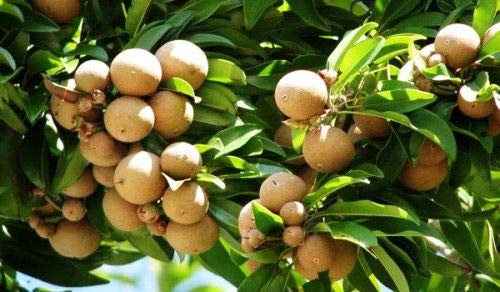
Where to plant a medlar?
However, this particularity only operates around the structure of the tree. The flowers and fruits are not capable of withstanding such low temperatures.
How to prepare the land?
Loquats adapt well to almost any type of terrain that offers good drainage capacity.
To help the seedling establish itself better at the time of transplanting , it is worth plowing the chosen area a little days before making the final sowing.
This will help the roots to be better distributed and to settle without conflict. Another important detail is that it has a good nutritional level . In excessively poor soils it may take a little more work to develop.

How do we water the medlar?
The waterings must be frequent and with a sufficient quantity of water for the stage in which the plant is . When it is an established tree, irrigation can be eliminated during rainy days.
How often do we water the medlar?
Irrigation can be established 2 or 3 times a week depending on the time of year that corresponds. In summers, especially when the heat is stronger, they could be increased up to 4 times a week.
However, in winter they could decrease to once a week, especially when the tree is already established outside .
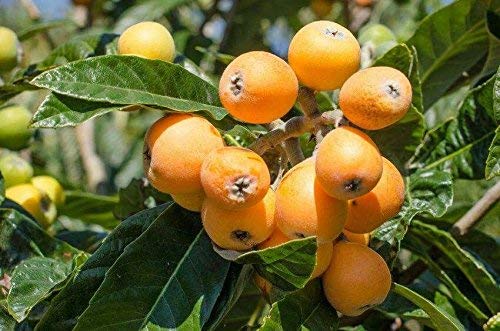
How to sow a medlar step by step?
Medlar trees grow from the germination of their seeds . It is a tree that can be worked from the seeds obtained from any fruit .
- Select the seeds with which you will work, cleaning them very well of any remaining pulp. Ideally, place them under the tap so that the water helps in this process.
- Take a piece of absorbent kitchen paper and moisten it with water. Place the seeds and wrap them very well.
- Place the absorbent paper with the seeds in a glass and cover it with plastic wrap to prevent the paper from drying out. In case this happens in the following days, a little more liquid can be sprayed.
- Wait for the seeds to germinate before sowing . This process can take from several days to a few weeks.
- Get a regular-sized pot and fill it with universal substrate with some homemade organic matter like compost to get nutrients.
- Bury the germinated seed being very careful not to damage the roots and shoots that are beginning to appear.
- Water abundantly but without waterlogging the substrate and place the pot in a well-lit space but without direct sunlight.
- When the plant has an appropriate size, transplant it into the outer space where you will have it permanently.
The most advisable thing is to previously carry out the germination process of the seeds, although the success rate of planting them directly in the ground is usually very good.
What care does the medlar need?
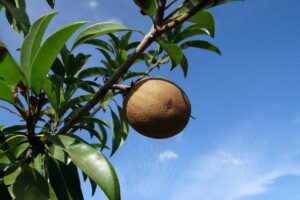 Fertilizations can be carried out with organic fertilizer during the months in which flowering and fruit production are recorded.
Fertilizations can be carried out with organic fertilizer during the months in which flowering and fruit production are recorded.
These fertilizations may be distributed every 15 or 30 days depending on the nutritional status of the plant and the progress that is recorded around its development.
As for pruning, they can be carried out from their youth in order to improve the growth structure of the tree. It is also recommended as a strategy to keep it healthy, as it will allow the damaged parts of it to be removed .
It is essential that pruning be administered at the end of the summer when the fruit production season is over.
What pests and diseases affect the medlar?
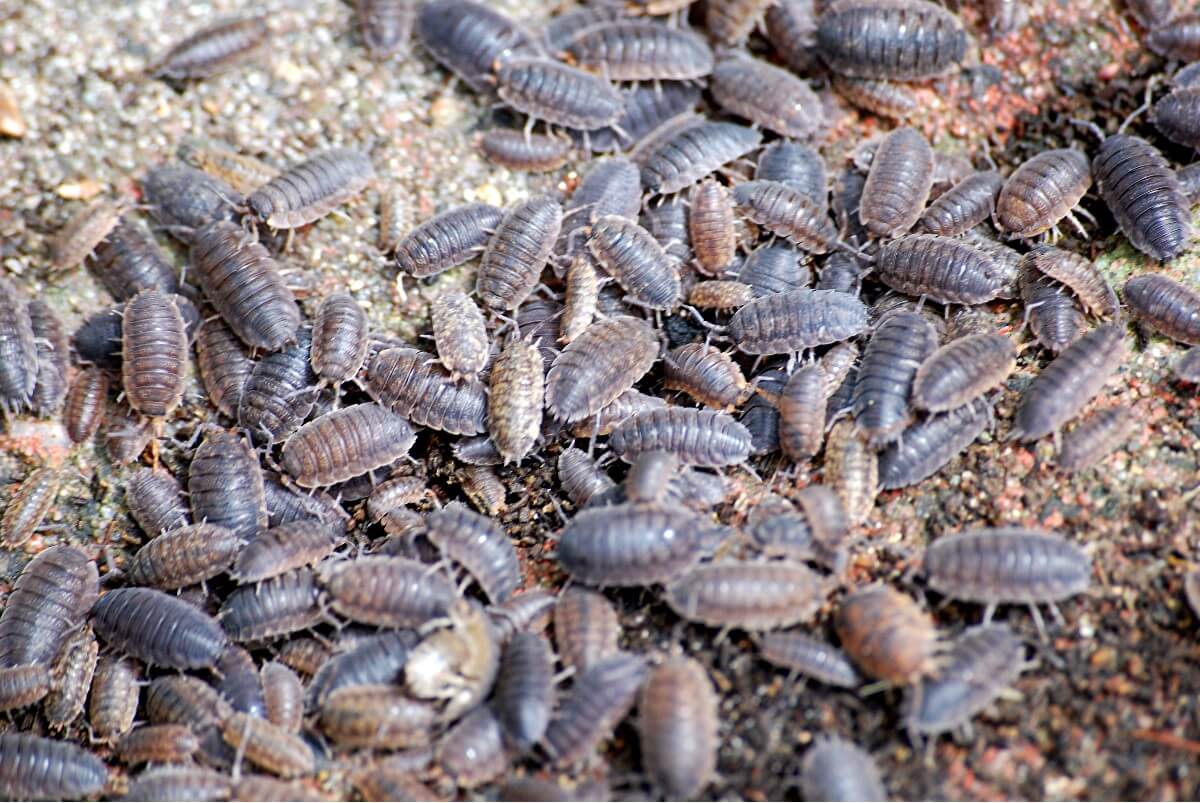 Like almost all fruit trees , the medlar is quite prone to being attacked by pests and diseases due to the production of its sweet fruit .
Like almost all fruit trees , the medlar is quite prone to being attacked by pests and diseases due to the production of its sweet fruit .
Mealybugs, fruit flies and aphids are the main representatives in the case of pests.
All are possible to treat with homemade preparations or specific products for these cases such as neem oil . In the case of diseases, the most common are the speckled loquat and the purple spot .
The first is caused by a fungus attack, while the second arises from a calcium and zinc deficiency . One of the main features of the medlar is that it has leaf evergreen but that should not be confused with the ability to produce fruits all year.
The fruits are highly valued at a nutritional and gastronomic level, since thanks to them it is possible to make many preparations such as jams, preserves and even savory dishes.
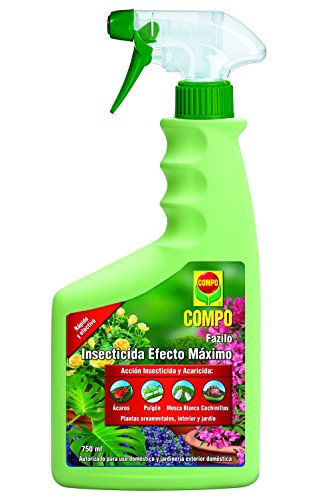

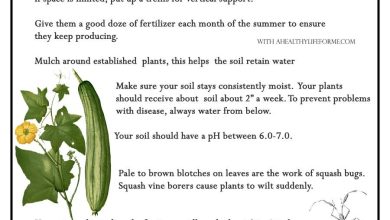
![Photo of Mulch Fly: [Detection, Steps to follow and Products to use]](https://www.complete-gardening.com/wp-content/uploads/2022/08/mulch-fly-detection-steps-to-follow-and-products-to-use-390x220.jpg)
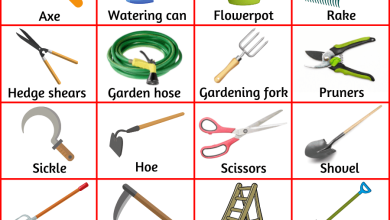
![Photo of How to Plant a Mimosa Tree: [Complete Guide + Step by Step]](https://www.complete-gardening.com/wp-content/uploads/2021/06/sembrar-mimosa-paso-a-paso-390x220.jpg)